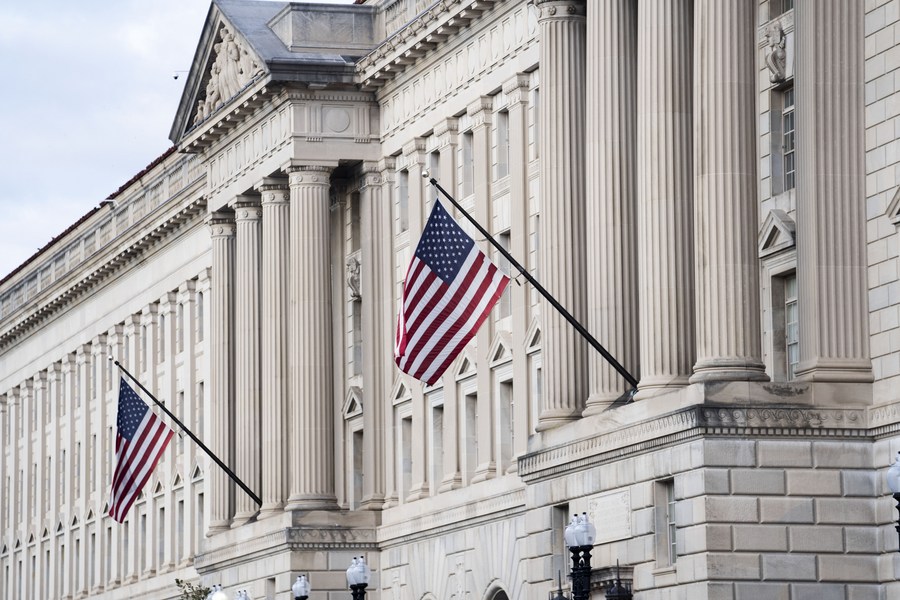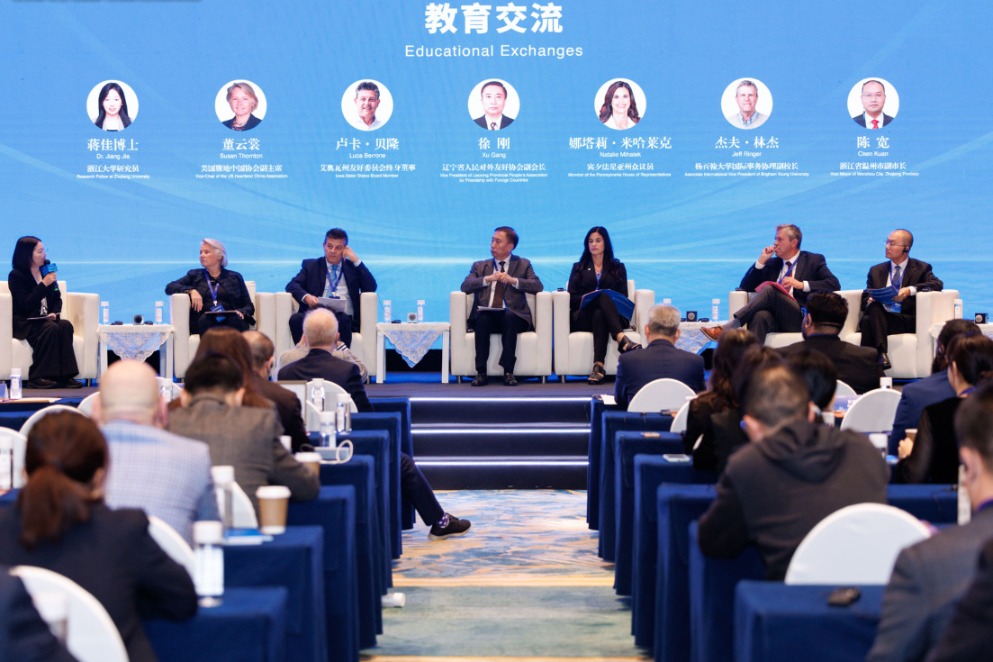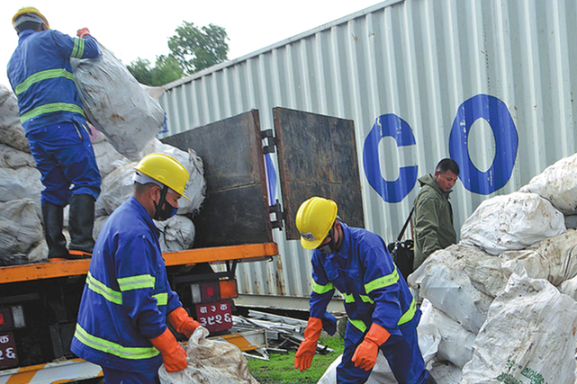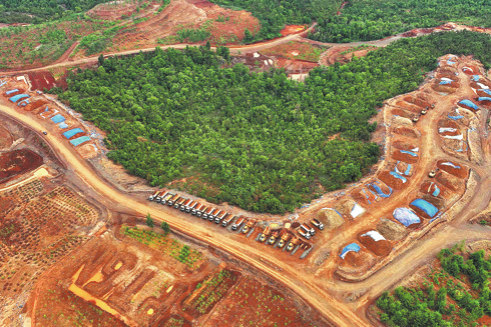Doubts cast on US' chip plant drive


High costs, lack of talent among hurdles despite billions in subsidies, experts say
As the US government figures out how to allocate the billions of dollars in subsidies among chip manufacturing projects, experts see challenges for a strategy aimed at bringing production back to the United States.
The recently approved CHIPS and Science Act provides $52 billion in subsidies for semiconductor manufacturers to build plants in the US to insulate the country from global supply chain disruptions and to counter China's technological development.
Over the past 30 years, the semiconductor industry has developed geographic concentrations — with the US and Europe each taking up 10 percent of the global capacity and Asia accounting for the rest, according to Paul Triolo, senior vice-president for China and technology policy lead at Albright Stonebridge Group.
"Then they got economies of scale to the point where it's pretty hard to compete with that (concentrations)," he said at a webinar examining the role of semiconductors in US-China ties.
The semiconductor supply chain is global, and it's "clumpy" in the sense that different countries provide different companies that dominate in a special area, he added.
China plays a critical role in testing and packaging, which is an important part of the semiconductor industry, said Triolo, since almost all the world's electronics are eventually assembled in China.
The US government imposed the Entity List Foreign Direct Product Rule on China's Huawei Technologies to cut off the supply of US-origin technology.
With the US bans on semiconductor technology, China might as well find alternatives, and the bans would be more costly than the US anticipates, said Rakesh Kumar, a professor in electrical and computer engineering at the University of Illinois.
"China might also just learn how to build advanced chips domestically. China has the world's largest number of STEM(science, technology, engineering and mathematics) PhDs," Kumar wrote in an article published by Fortune last week. "It's also hiring foreign engineers and managers with advanced chip manufacturing experience.
"If anything, export controls might strengthen Beijing's resolve to create advanced chips natively, despite the cost. That mindset has worked for China in nuclear and space technologies, AI, quantum computing, and advanced weaponry and hypersonics — and it might work again with semiconductors."
Triolo also believes that a lack of talent will make it difficult for the US to onshore the semiconductor manufacturing. Taking Taiwan Semiconductor Manufacturing Co as an example, he said, the company recruits large numbers of STEM graduates and PhD holders and aims to boost that intake over the coming years.
Supporting facilities lacked
In addition, the US lacks the "clusters" that are important in the semiconductor ecosystem, said Triolo. "In Taiwan, you have not only the manufacturing facilities, but you have all the supporting companies that provide the process gases, and provide the packaging and testing. They're all sort of concentrated in a smaller area.
"The problem is, the US is jumping into this industrial policy and subsidies game at a time when the concentration is pretty big already in the industry."
From a commercial point of view, the cost of building these advanced fabs, as chip manufacturing plants are called, is really heavy and the cost in the US is much higher than in Asia, said Triolo. For instance, to manufacture two-nanometer chips, the investment would be $40 billion, he added.
He also saw a problem with the "end goal" of the CHIPS and Science Act.
Even if Intel builds the two facilities that it is planning to do in Ohio, if TSMC builds a giga-fab in Arizona, and Samsung builds an advanced facility in Texas, then probably by 2030, that 92 percent of dominance by TSMC would go down to 70 percent, said Triolo. "But it's still going to be a pretty huge dependence," he said.
"There's a lot of skepticism about the long-term commitment of the US government to subsidizing and really fostering an ecosystem that will allow this kind of manufacturing to occur in the US at scale," he said.






























